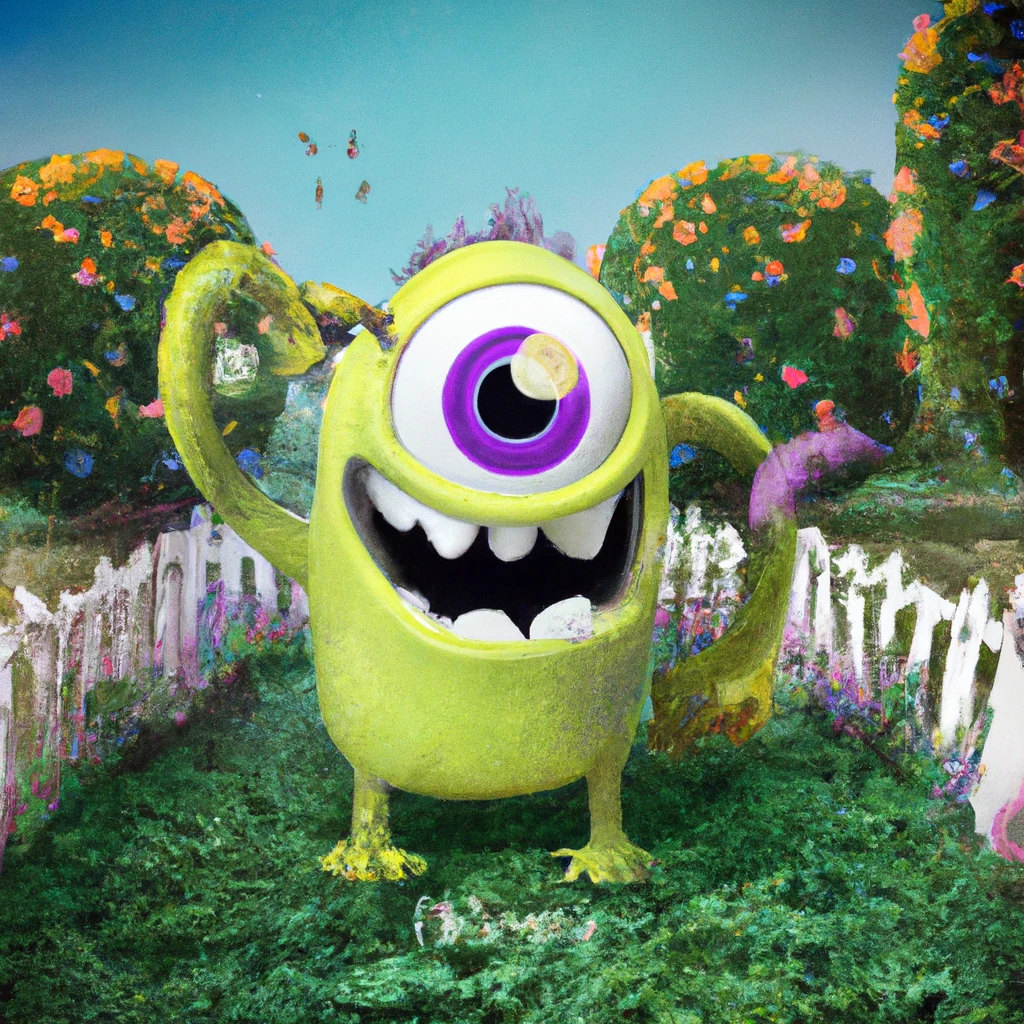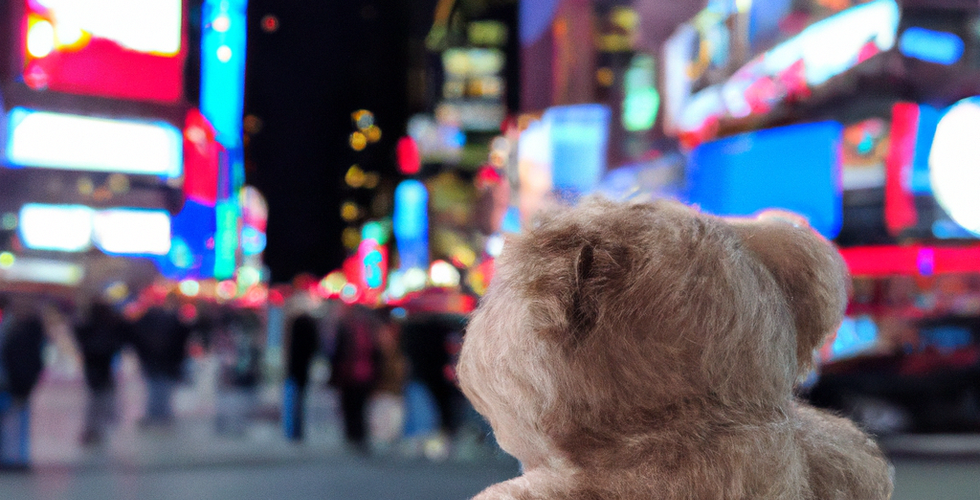Blog 1 - Task 1: Chat GPT and Dall-E
- Margot Calero
- Mar 6, 2023
- 2 min read
Updated: Mar 9, 2023
ChatGPT and Dall-E are two artificial intelligence models developed by OpenAI. ChatGPT is a language model that can generate human-like responses to prompts in natural language. Dall-e on the other hand is an image generator that creates original images from descriptions written by yourself. These models have incredible potential for various applications like language processing, computer vision, and robotics. However, these AIs can greatly impact education and reinvent creativity in the classroom.
ChatGPT and other AI platforms have significant potential to be used positively in the classroom environment when enhancing students’ creativity. This provides students with a way to express their ideas and receive instant feedback on those ideas. When setting up lessons for creative writing ChatGPT and Dall-E is a great way to provide randomly generated creative writing starters or images to allow students to open their ideas further to think something new compared to the typical prompts given. Furthermore, Dall-E could provide great visual images to descriptions created by children in their stories. For example, “the teddy looking lost in the middle of time square not knowing where to go next”, this sentence would be a great visual for the children to see and further develop their creative minds to come up with new different visuals they haven’t seen before.
However, the effectiveness of Chat GPT in enhancing students’ creativity as mainly explained depends on how teachers and students will utilize it in the classroom. While ChatGPT provides students with abundant information and inspiration it shouldn’t be substituted for children’s thoughts and originality. As argued by Sutton-Smith (2001), creativity is a complex and multi-dimensional process that involves both the generation of novel ideas and the ability to evaluate and select those ideas based on their originality, usefulness, and feasibility. Students should be encouraged to think creatively and critically to develop their ideas rather than just relying on the suggestions that ChatGPT and Dall-E can create. These AIs would be best used with a combination of other strategies and approaches that include students' creativity such as brainstorming and critical thinking.
Furthermore, it is important to remember that there are limitations and biases to technologies like this. For example, ChatGPT and Dall-E have been shown to reproduce and amplify biases and stereotypes in the training data (Bolukbasi et al., 2016), which can negatively affect the creativity and diversity of ideas generated by the system.
As said before ChatGPT and Dall-E are great and useful tools to use for enhancing students' creativity as long as this is in conjunction with appropriate strategies and approaches that foster students' ideas.
References:
Bolukbasi, T., Chang, K. W., Zou, J., Saligrama, V., & Kalai, A. T. (2016). Man is to computer programmer as woman is to homemaker? Debiasing word embeddings. In Advances in neural information processing systems (pp. 4349-4357).
Sutton-Smith, B. (2001). The ambiguity of play. Harvard University Press.












Hi Margot,
Really enjoyed reading about the two AI platforms and how you compared the two. I agree with your points that DALL-E and CHATGPT could and should be used to start the creative process for students and that creativity is enhanced when these applications are used WITH other educational strategies.
I also found your point on how these technologies reinforce often negative stereotypes, hindering creativity incredibly interesting and it is definitely something to keep in mind as a future educator.
Would of liked to see some examples of images of both these technologies being used.
All round, really insightful and interesting as I similarly looked into DALL-E.
Erin 28/03
Hi Margot,
It was interesting to read about two artificial intelligence tools and their pros and cons. I do agree with your statement that students should not just rely on the suggestions made by these tools but use them as prompts to jump-start their own imagination and creativity. I do think these tools can be a great brainstorming tools (for instance, telling Chat GPT to list ideas on a certain topic). Definitely, with effective teaching strategies these emerging technologies have the potential to foster student creativity.
It would have been interesting to see a photo of the example you mention. Overall, great post.
Regards,
Cindy
Hi Margot, ChatGPT is a good choice and it was great that you explained in detail how it works and how it can help students' creativity, as well as giving some advice on how to use it. It would have been nice to suggest which specific groups of students it could help (e.g. which stage).
Yiyun Zhang
09/03